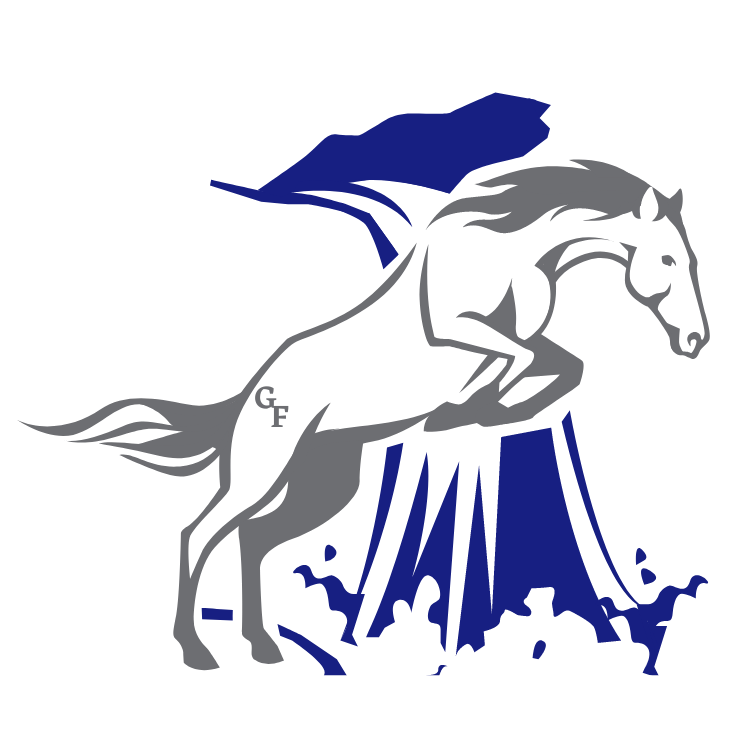Spinal Manipulation
Dr. Vassar’s Equine Veterinary Medical Manipulation training is through the Integrative Veterinary Medical Institute in Reddick, Florida. This program is the only medical manipulation course offered exclusively to veterinarians and focused specifically on equine medicine. This style program allows for a very in-depth approach, including the discussion of conventional and integrative veterinary medicine diagnostics and treatments, as well as hands-on wet labs in radiology, ultrasound therapy, anatomy, and biomechanics. Dr. Vassar has enjoyed integrating her spinal manipulation training into her practice as it allows for a multi-modal approach to treat the whole horse.
What is Equine Veterinary Medical Manipulation (EVMM) or spinal manipulation? Is this different chiropractic?
Spinal manipulation is very similar to chiropractic – the examination and manipulations have the same goal, which is to restore normal function and range of motion. However, when applied to animals, this type of manipulative therapy is correctly called spinal manipulation or veterinary medical manipulation.
Spinal manipulation involves a specialized examination of the equine spine and limb joints to find restrictions or areas of decreased range of motion – this is called a motion palpation exam. Specific manipulations, or adjustments, are then used to restore normal range of motion and function to the joint(s). These manipulations involve a high velocity, low amplitude (HVLA) thrust directed in the plane of the joint to correctly and safely restore range of motion. This requires proper knowledge of equine anatomy and extensive training- not extreme strength.
Every horse is a candidate for chiropractic care, but routine chiropractic exams are especially beneficial for growing horses, older horses and sport horses in any type of training or competition program.
Why should restrictions be corrected?
Restrictions result in decreased range of motion, and, therefore, decreased flexibility, increased stiffness, resistance and often pain. In addition, misaligned vertebrae can cause problems at the spinal cord level and often where nerves exit between two vertebrae leading to a decrease in information flowing through the nervous system. Not only can this be painful, but also will decrease the nervous systems ability to send and receive information to and from muscles, which can cause missteps or shortened stride, muscle damage and atrophy, joint and tendon injury and poor performance. Lastly, restrictions may lead to a change in posture or compensation to avoid pain and this can lead to secondary restrictions, additional injuries, and/or lameness.
What are signs of restrictions?
There are many signs of restrictions. Often they involve a compensatory gait, postural change, and poor and/or decreased performance. This can vary from shortness of stride and lameness to muscle atrophy. We can also see personality change, bucking under saddle, or asymmetrical sweating. It is important to note that these signs can also be caused by injuries that may require an integrated approach using both western and complementary therapies. Becasue of this it is important to seek out veterinary advice for a whole horse examination.
Some of the signs of restrictions:
Change in behavior or attitude, while saddling, riding, etc
Stiffness
Lack of bend
Back soreness
Poor performance
Difficulty with lateral work
Trouble changing leads
Always landing on one lead
Jumping to one side
As a horse owner, you can monitor for signs of restrictions by assessing your horse routinely for:
Normal range of motion or changes in range of motion
Can your horse bend in both directions with the same ease?
Can your horse back up normally?
Any changes felt under saddle?
Appropriate muscling-
Are there any asymmetries?
Are there areas of tension or muscle atrophy?
Proper posture –
Does your horse stand square?
Does your horse seem to always stand with one limb rested?
If you notice any of the above signs or changes in your routine monitoring, it may be time to schedule an appointment.
What should I expect at my appointment?
Dr. Vassar begins the appointment by going over the horse’s history and owner/trainer concerns. The horse is observed at a walk along with normal posture and stance. A motion-palpation exam is then performed. This is a specialized examination of the spine and limb joints used to locate areas of decreased range of motion called restrictions. Any restrictions are corrected by a spinal manipulation adjustment. This involves proper knowledge of anatomy, specific training, and a high velocity, low amplitude (HVLA) thrust directed in the plane of the affected joint(s) to remove the restriction(s) and restore normal range of motion.
How many spinal manipulation appointments will my horse need?
The number of sessions depends on many factors, including the disease or condition being treated, the horse’s age, and the duration of the problem. This can range from a few weeks to a few months depending on the issue at hand.
Dr. Vassar recommends evaluating high performing horses every 4 to 6 weeks and using spinal manipulation therapy as needed. This schedule allows Dr. Vassar to find and remove restrictions before they cause secondary and compensatory problems. Pre-show adjustments are also an excellent way to ensure your horse is in top condition.
Can I ride my horse after spinal manipulation?
After the first spinal manipulation appointment, Dr. Vassar recommends 8 to 12 hours without heavy work. However, since movement is often beneficial post-adjustment, turnout, hand walking and/or light under saddle work is often recommended.

